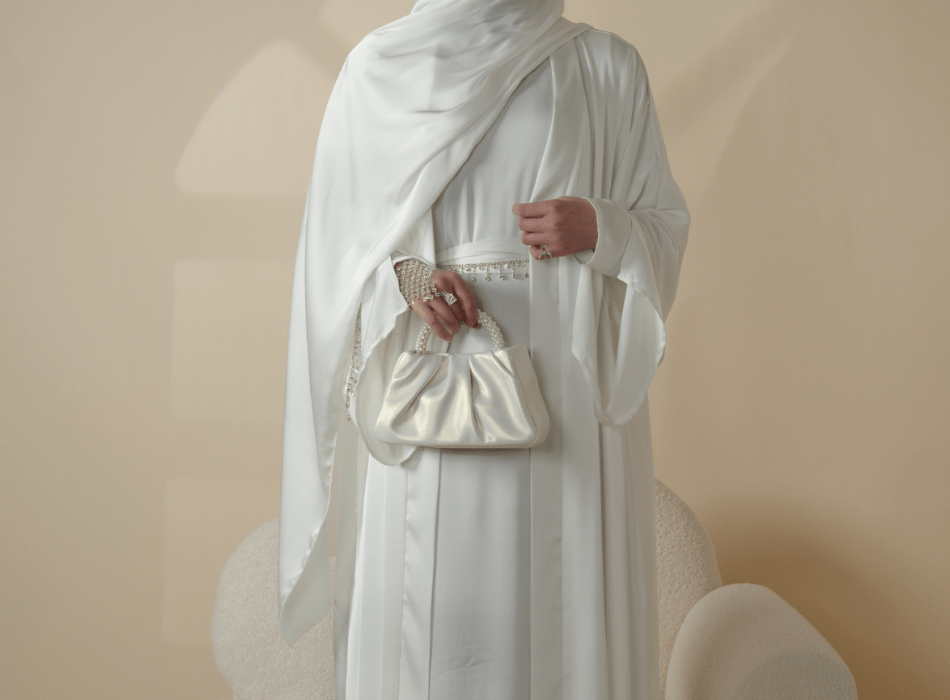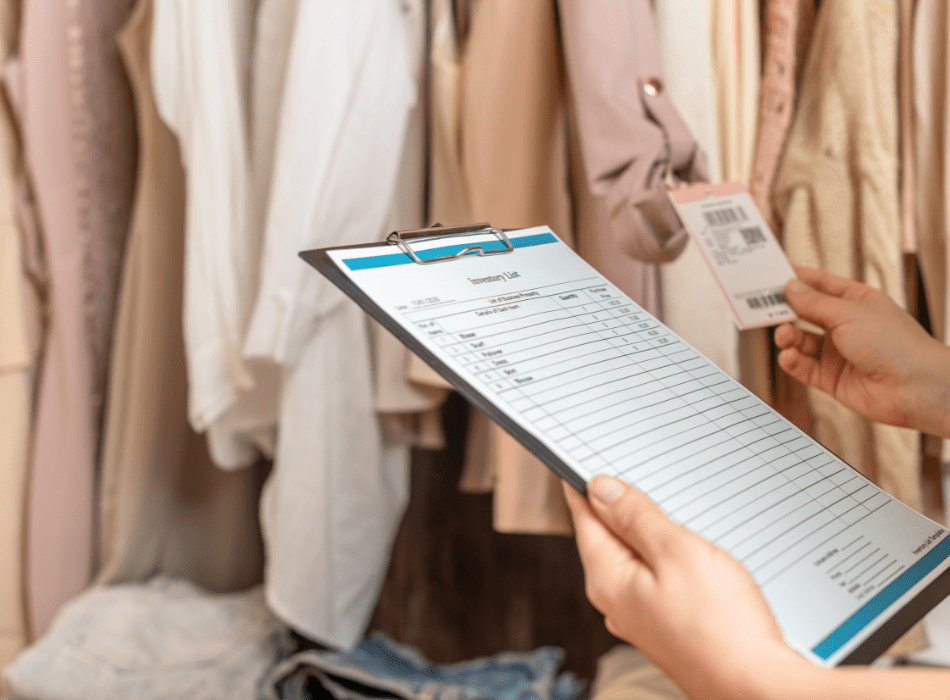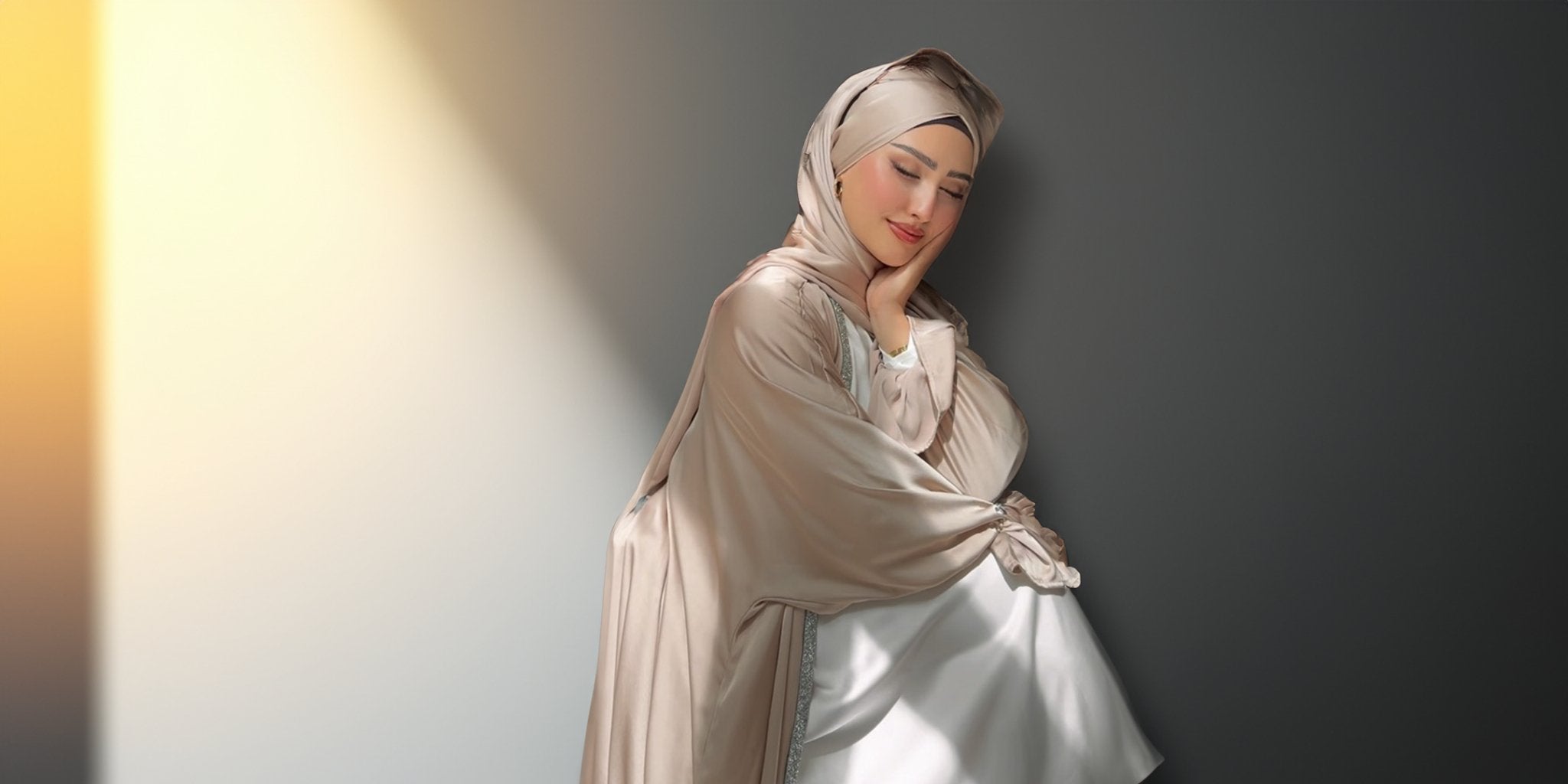Introduction
Modest fashion has never been more visible than it is today. Once regarded as a niche within the global fashion market, it has now become a mainstream movement thanks to the influence of social media. Platforms like Instagram, TikTok, and YouTube have completely reshaped the way Muslim women express their style and share their cultural identity. What was once confined to regional communities and small-scale gatherings has now expanded into a global conversation, driven by digital storytelling and online visibility.
At the heart of this transformation is the ability of Muslim women to take ownership of how modest fashion is represented. Through platforms that celebrate personal branding, they are not only showcasing elegant abayas, jilbabs, and hijabs, but also shaping how Islamic clothing is viewed across borders. Whether it is through modest fashion on Instagram, viral TikTok styling tutorials, or YouTube discussions on sustainable abayas, the digital age has given women the tools to express individuality while holding firm to faith-driven values. This article explores how social media and Islamic clothing are now inseparable, the role of Muslim women influencers 2025, and what this means for the future of modest wear.
Social Media and the Globalisation of Modest Fashion
The most significant change brought about by the digital age is the shift from modest fashion being a local practice to becoming a global trend. Before Instagram and TikTok, modest fashion followed regional styles. In the Gulf, flowing black abayas dominated everyday wardrobes; in North Africa, kaftans with intricate embroidery were widely worn; and in Western countries, Muslim women adapted mainstream clothing to suit Islamic guidelines. While each region maintained its unique identity, there was little overlap or global visibility.

Social media erased these boundaries. Today, a woman in Morocco can be inspired by the hijab styling of a Malaysian influencer, while a designer in Turkey can reach customers in the United States without leaving their studio. This merging of cultures has given rise to what many call a “digital modest fashion scene,” where trends are no longer dictated by geography but by creativity and digital reach.
The link between social media and Islamic clothing is not only about exposure; it is also about empowerment. Muslim women now control the narrative of their fashion choices, countering outdated stereotypes and showing that modesty is stylish, versatile, and contemporary. The visibility gained online has also pressured mainstream fashion houses to include modest wear in their collections, recognising the economic and cultural influence of this growing market. By 2025, it is expected that the modest fashion industry will continue to be shaped largely by digital-first strategies and influencer-led campaigns.
Instagram as the Digital Runway
If there is one platform that has positioned modest fashion at the centre of global conversation, it is Instagram. The platform functions like a digital runway, where Muslim women can showcase abayas, maxi dresses, and hijab styling in carefully curated photo shoots. With its visual-first nature, Instagram naturally became the most influential platform for modest fashion on Instagram, setting trends that quickly spread worldwide.
What makes Instagram particularly powerful is the culture of storytelling through imagery. A single post featuring an abaya styled with minimal jewellery and pastel tones can spark trends across continents. Hashtags such as #modestfashion, #hijabstyle, and #abayalookbook have created an entire ecosystem of discovery. Women searching for styling inspiration can find thousands of posts within seconds, making modest wear more accessible and inspiring than ever before.
Another important development has been the integration of shopping features directly into Instagram. This has allowed modest fashion brands to move beyond simply showcasing their collections to actively selling them in real time. For consumers, the ability to see an outfit styled by their favourite influencer and then purchase it with a single click has changed buying behaviour completely. For brands, it has eliminated traditional barriers like physical stores or regional exclusivity, offering global reach overnight.
In 2025, the most noticeable shift on Instagram is the demand for sustainable and ethical modest wear. Younger Muslim women are highly conscious of environmental impact and fair production. They want to know not only how an abaya looks but also how it was made, who stitched it, and whether the process was aligned with their values. This means that ethical modest fashion brands now thrive on Instagram by highlighting transparency, sustainability, and cultural authenticity alongside their visual campaigns.
TikTok and the Rise of Muslim Women Influencers 2025
While Instagram remains polished and curated, TikTok has emerged as the home of raw creativity, where everyday styling meets viral influence. It has become the perfect space for quick hijab tutorials, modest fashion hacks, and authentic behind-the-scenes looks at the daily lives of Muslim women. The rise of Muslim women influencers 2025 is particularly evident on TikTok, where relatability often matters more than perfection.

One of the most popular formats is the “Get Ready With Me” video, where influencers take viewers through their outfit selections step by step. These videos often combine practical advice with personality-driven commentary, making them more engaging and personal. Unlike Instagram, where the emphasis is on high-quality photography, TikTok thrives on short, dynamic content that feels approachable.
The influence of TikTok goes beyond styling tips. It has changed colour preferences and pushed new modest fashion aesthetics into the spotlight. Pastel shades, earthy tones, and creative layering techniques have all gained popularity through viral videos. The platform has also amplified the voices of micro-influencers—women with smaller followings but strong engagement within niche communities. Their ability to connect directly with audiences often shapes purchasing decisions more than celebrity endorsements.
This shift highlights an important point: the modest fashion movement is not only about clothes, but also about representation and identity. TikTok has given Muslim women a space to define modesty in their own terms, free from stereotypes or external interpretations. Through their content, they show that modesty can be bold, colourful, and fashion-forward while still rooted in faith.
The Future of Modest Fashion in the Digital Age
The growth of social media and Islamic clothing is far from slowing down. In fact, the digital age has only just begun to reveal its full potential for the modest fashion industry. The future is likely to be shaped by three major forces: influencer-led representation, technological innovation, and consumer consciousness.
Firstly, the continued rise of Muslim women influencers 2025 will ensure that modest fashion remains visible and relevant. These women are not only shaping style but also redefining beauty standards and breaking stereotypes. Their presence sends a powerful message to younger generations that modesty is not a limitation but a source of confidence and creativity.
Secondly, technology will play a crucial role. From virtual try-ons to AI-driven shopping recommendations, the integration of fashion and technology will make modest wear more accessible than ever before. Already, many modest fashion brands are experimenting with augmented reality filters on Instagram to allow women to “try on” hijabs or abayas before purchasing.
Finally, consumer values are evolving. The demand for ethical, sustainable, and inclusive modest fashion will only grow stronger. Shoppers are increasingly aware that their purchases reflect not only their style but also their values. In this sense, modest fashion is leading the way in aligning faith-driven principles with broader ethical consumerism.
The digital age has made modest fashion an undeniable force in the global fashion industry. By harnessing the power of social media, Muslim women have created a movement that blends style, faith, and identity with innovation and reach. What once seemed like a small niche is now shaping global trends, proving that modest fashion is not only thriving but also paving the way for the future of ethical and inclusive fashion worldwide.
Conclusion
The story of modest fashion in the digital age is one of empowerment, creativity, and global connection. Platforms like Instagram and TikTok have turned abayas, hijabs, and jilbabs into more than garments—they have become symbols of cultural pride, identity, and modern expression. Through the influence of modest fashion on Instagram, the creativity of Muslim women influencers 2025, and the deep connection between social media and Islamic clothing, modest wear has entered the mainstream conversation of global fashion.
As we move further into 2025, the modest fashion industry will continue to thrive on digital innovation, ethical values, and the voices of Muslim women who are reshaping style for a new era. For brands, creators, and communities, this is a moment to embrace not only the beauty of modest clothing but also the cultural significance and digital power that come with it.





